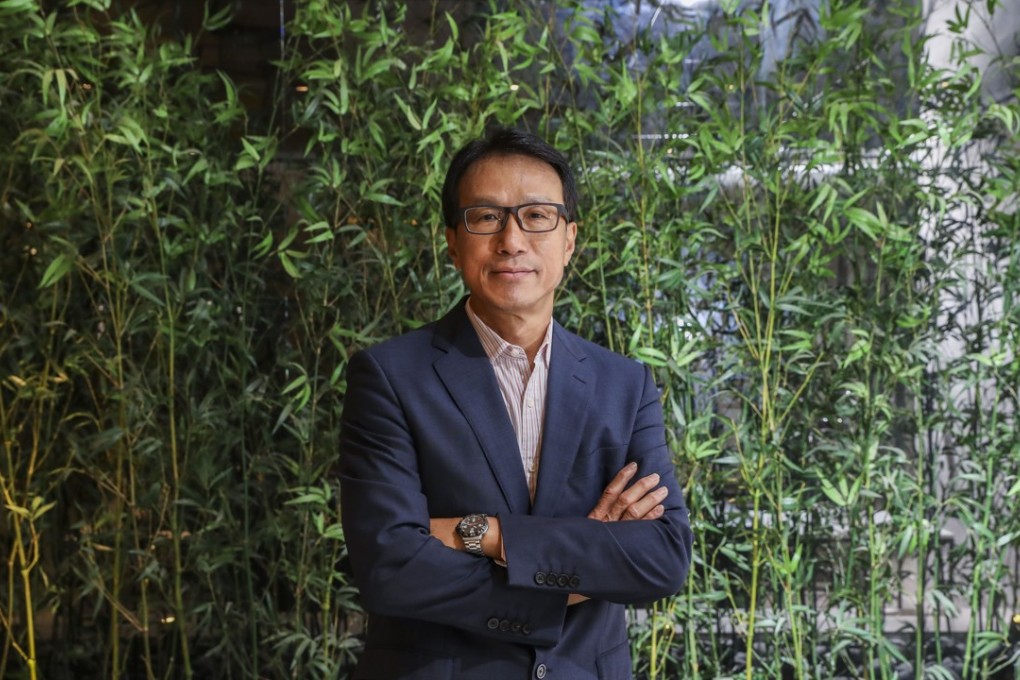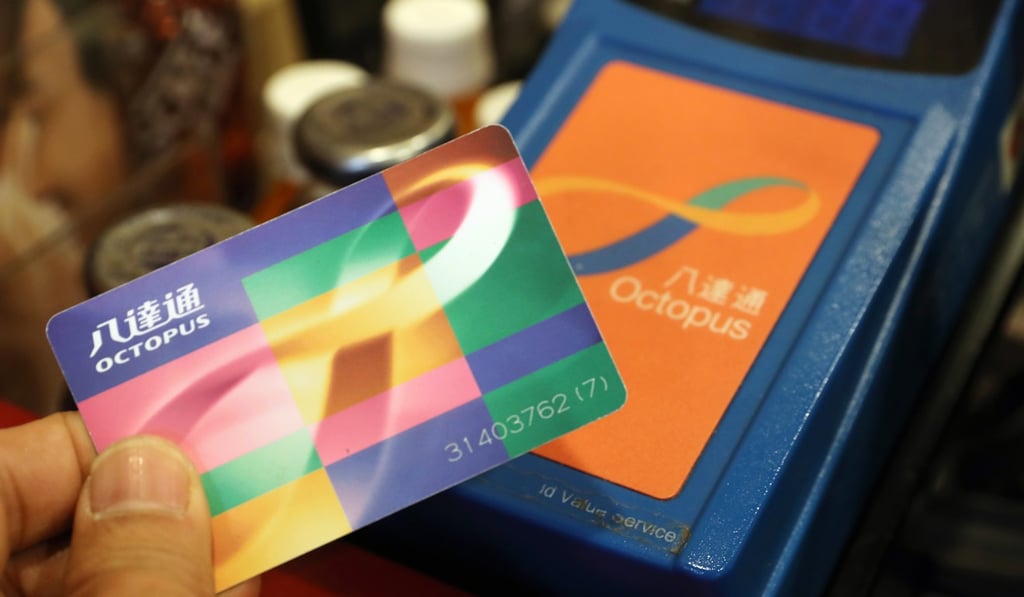Exclusive | Circle K chief on adapting to digital shift: keep up, or die
Circle K introduced a digital loyalty programme that has seen growth accelerate and more customers using Octopus card for payment

Visitors to Hong Kong may find it strange to be accosted by men and women outside supermarkets and convenience stores, especially as they ask not for money but the little stickers that the cashiers hand out with purchases.
Many shoppers hand them over because it requires patience to amass the required number, and dexterity to stick them in neat little rows on a sheet to redeem a giveaway, usually household electronics or kitchenware.
When Richard Yeung started brainstorming ideas with his team to better engage customers at Circle K, the round-the-clock convenience store chain that he heads as chief executive officer, one of the first innovations was to digitise the loyalty programme.
Li Ka-shing, Jack Ma team up on mobile payments
“The digital shift means that consumers are changing quickly, and retailers are struggling to stay relevant,” Yeung said in a recent interview at his office in Sha Tin. “If you do not keep up, you’re dead.”
Circle K introduced a mobile app called OK Stamp It, which can be linked to the Octopus card, a transport card widely accepted as a payment method in many Hong Kong stores.

When customers use the Octopus card to pay for items at any of Circle K’s 332 stores, the system automatically loads the redemption stickers into the app. No more digging into handbags for stray stickers or forgetting to hand in the completed sheet.
Encouraging more people to pay with their Octopus card also had the added benefit of speeding up transactions at the cashier, a critical factor because many convenience stores are located in proximity to each other and customers tend to patronise the one with the shortest queue.